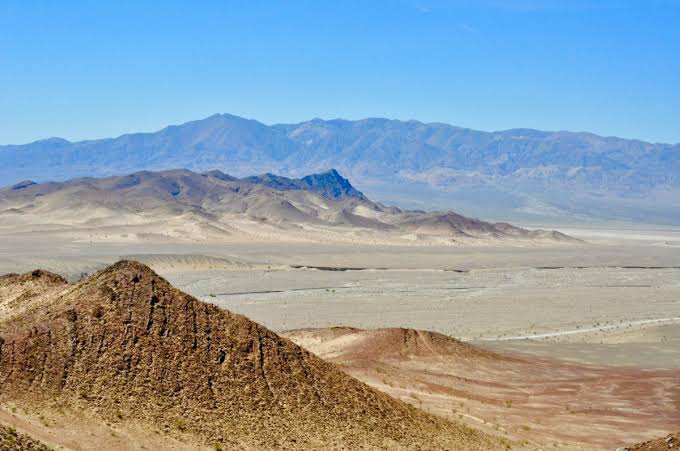
A McGill University-led research group has discovered the first direct proof that glacial meltwater gave a vital lifeline to eukaryotes during Snowball Earth, when the oceans were cut off from life-giving oxygen, responding to an inquiry confounding researchers for years.
In a new study published in the Proceedings of the National Academy of Sciences of the United States of America, scientists studied iron-rich rocks left behind by glacial deposits in Australia, Namibia, and California to get a window into the environmental conditions during the ice age. Utilizing geological maps and clues from local people, they hiked to rock outcrops, exploring challenging trails to find the rock formations.
By looking at the chemistry of the iron formations in these rocks, the specialists had the option to gauge the measure of oxygen in the oceans around 700 million years back and better comprehend the impacts this would have had on all oxygen-dependent marine life, including the earliest creatures like simple sponges.
“The evidence suggests that although much of the oceans during the deep freeze would have been uninhabitable due to a lack of oxygen, in areas where the grounded ice sheet begins to float there was a critical supply of oxygenated meltwater. This trend can be explained by what we call a ‘glacial oxygen pump’; air bubbles trapped in the glacial ice are released into the water as it melts, enriching it with oxygen,” says Maxwell Lechte, a postdoctoral scientist in the Department of Earth and Planetary Sciences under the supervision of Galen Halverson at McGill University.
Around 700 million years back, the Earth encountered the most extreme ice age of its history, threatening the endurance of a great part of the planet’s life. Past research has proposed that oxygen-dependent life may have been confined to meltwater puddles on the surface of the ice, yet this study gives a new proof of oxygenated marine environments.
“The fact that the global freeze occurred before the evolution of complex animals suggests a link between Snowball Earth and animal evolution. These harsh conditions could have stimulated their diversification into more complex forms,” says Lechte, who is also the study’s lead author.
Lechte calls attention to that while the discoveries center around the accessibility of oxygen, crude eukaryotes would likewise have required nourishment to endure the brutal conditions of the ice age. Further research is expected to investigate how these environments may have sustained a food web. A beginning stage may be modern ice environments that host complex ecosystems today.
“This study actually solves two mysteries about the Snowball Earth at once. It not only provides an explanation for how early animals may have survived global glaciation but also eloquently explains the return of iron deposits in the geological record after an absence of over a billion years,” says Professor Galen Halverson.
“Subglacial meltwater supported aerobic marine habitats during Snowball Earth” by Maxwell Lechte, Malcolm Wallace, Ashleigh van Smeerdijk Hood, Weiqiang Li, Ganqing Jiang, Galen Halverson, Dan Asael, Stephanie McColl, and Noah Planavsky is published in Proceedings of the National Academy of Sciences of the United States of America.
Disclaimer: The views, suggestions, and opinions expressed here are the sole responsibility of the experts. No Opinion Bulletin journalist was involved in the writing and production of this article.



